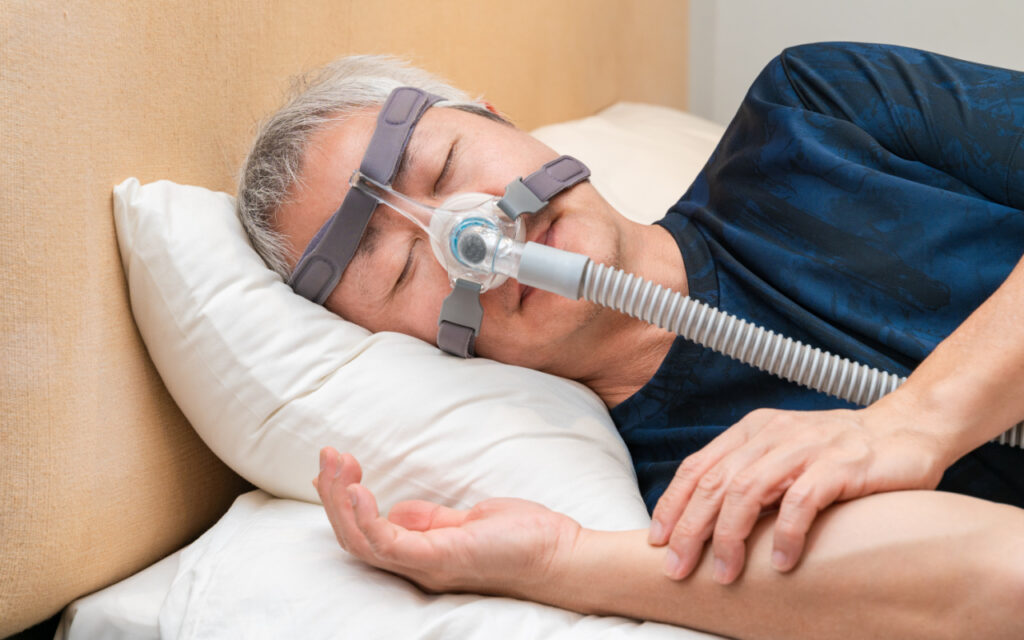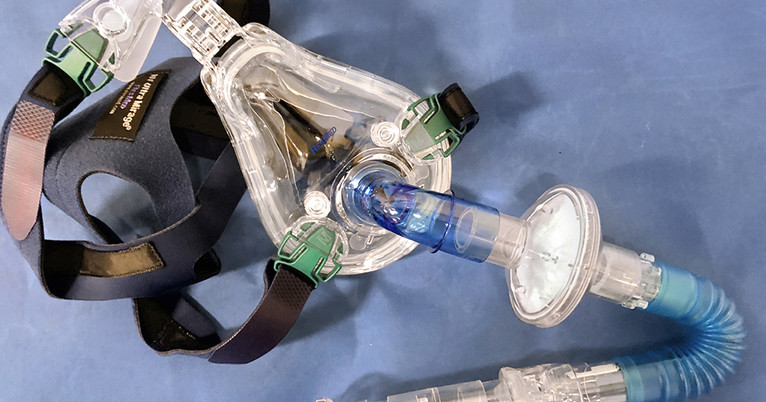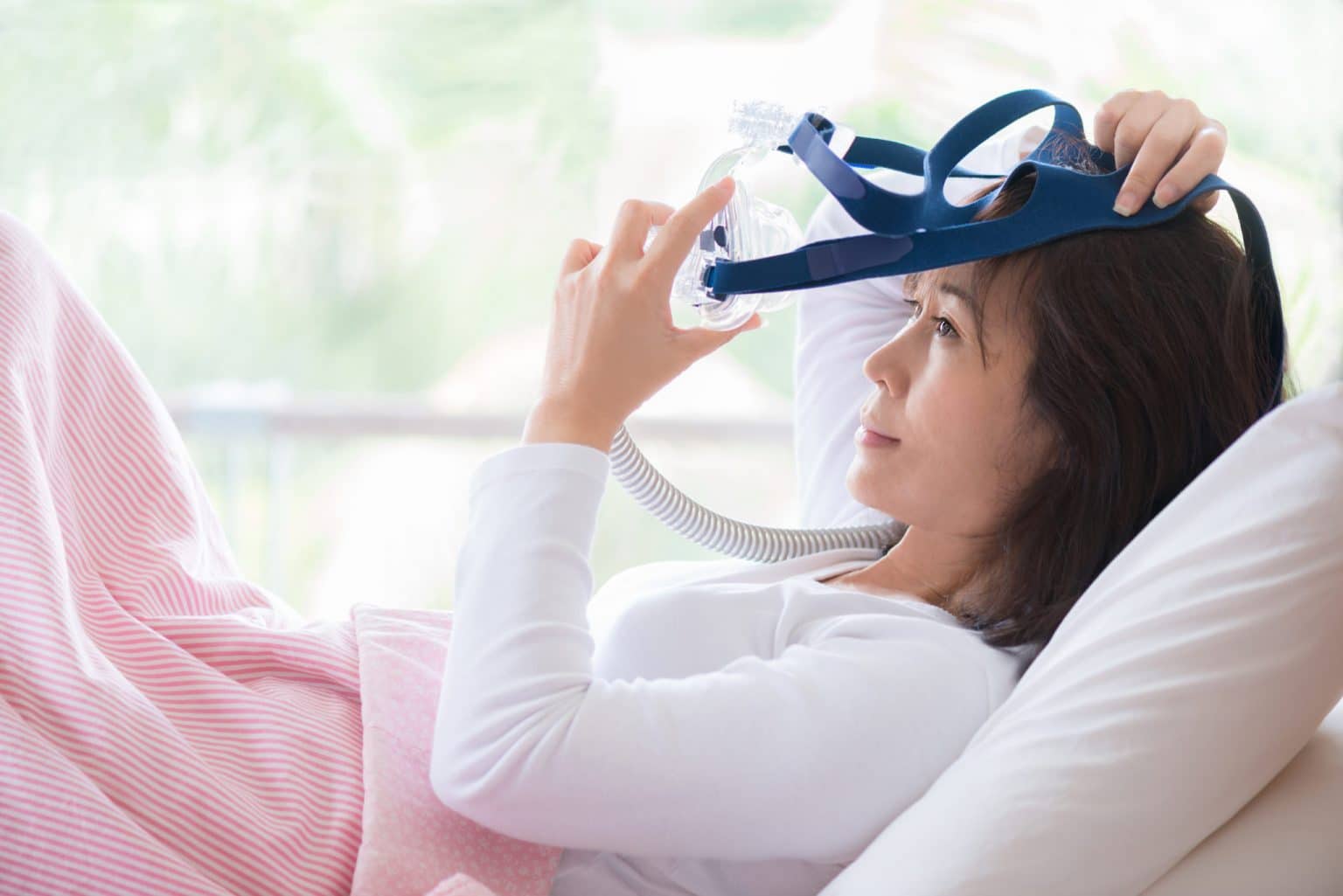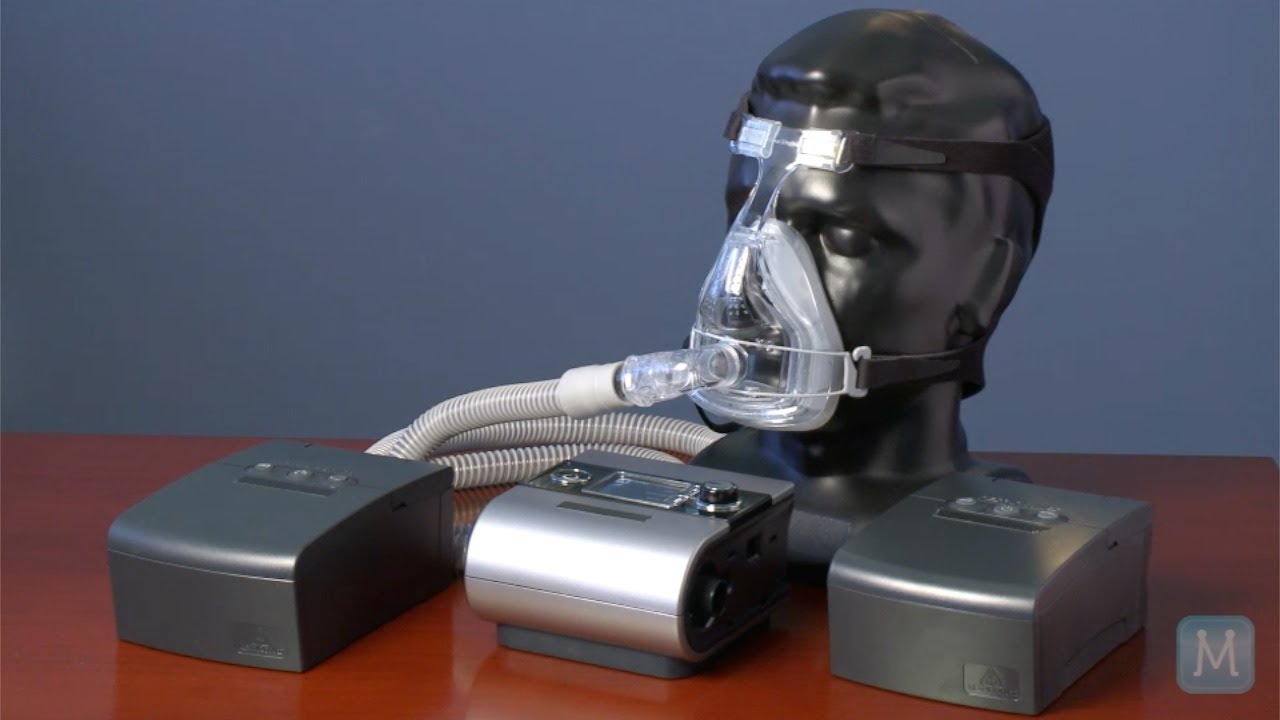A sleep condition known as obstructive sleep apnea (OSA) is brought on when a person’s airways get clogged while they are sleeping. People who have OSA could have brief pauses in their breathing while they are sleeping. It is a critical condition that has to be treated immediately.
People who suffer from obstructive sleep apnea often find relief from their condition via the use of CPAP therapy (OSA). We take a look at many cpap masks and masks that are appropriate for side sleepers from the wide selection that is currently on the market.
When a person relaxes during sleep, the soft tissues of the throat might relax to the point where they seal up, which can cause the airways to get obstructed. The American Sleep Apnea Association estimates that around 18 million individuals in the United States are living with sleep apnea, making the condition comparable in prevalence to type 2 diabetes.
Sleep apnea may affect anybody, but men over the age of 40 who are overweight have a much increased risk of developing the disorder.
The most frequent treatment for obstructive sleep apnea (OSA) is a medication called continuous positive airway pressure (CPAP).
This article provides an explanation of how CPAP masks works and discusses several mask alternatives that are suitable for side sleepers.
How does CPAP work?
According to the Australian Lung Association, continuous positive airway pressure (CPAP) therapy is an option for treating obstructive sleep apnea that has a high rate of effectiveness.
When undergoing CPAP masks, a patient will wear a mask that is connected to a machine that will pump air into their airway while they sleep. The mask stays in place thanks to the straps.
The use of CPAP masks may assist in maintaining a constant flow of air into a patient’s airway. The constant air pressure coming from the apparatus ensures that the airway remains open and prevents it from closing in on itself.
CPAP masks do not treat sleep apnea. They may alleviate symptoms, but they do not treat the underlying issue that is causing the condition.
In most cases, CPAP machines and accessories are acquired by patients through businesses that specialize in the distribution of medical supplies.
According to an article published in 2020 by a Trusted Source, individuals who suffer from any of the following disorders may not be candidates for CPAP therapy:
- people who are in a coma or who are unable to breathe on their own
- people who have facial burns
- people who are recuperating from surgery on the face, throat, or stomach
- people who are experiencing nausea and vomiting
We include only those items that we believe will be helpful to our audience. If you make a purchase after clicking on one of the links on this page, we may get an affiliate commission. This is how we go about things.

People who suffer from obstructive sleep apnea often find relief from their condition via the use of CPAP therapy (OSA). We take a look at many CPAP machines and masks that are appropriate for side sleepers from the wide selection that is currently on the market.
A sleep condition known as obstructive sleep apnea (OSA) is brought on when a person’s airways get clogged while they are sleeping. People who have OSA could have brief pauses in their breathing while they are sleeping. It is a critical condition that has to be treated immediately.
When a person relaxes during sleep, the soft tissues of the throat might relax to the point where they seal up, which can cause the airways to get obstructed. The American Sleep Apnea Association estimates that around 18 million individuals in the United States are living with sleep apnea, making the condition comparable in prevalence to type 2 diabetes.
Sleep apnea may affect anybody, but men over the age of 40 who are overweight have a much increased risk of developing the disorder.
The most frequent treatment for obstructive sleep apnea (OSA) is a medication called continuous positive airway pressure (CPAP).
This article provides an explanation of how CPAP masks works and discusses several mask alternatives that are suitable for side sleepers.

How does CPAP work?
According to the Australian Lung Association, continuous positive airway pressure (CPAP) therapy is an option for treating obstructive sleep apnea that has a high rate of effectiveness.
When undergoing CPAP masks, a patient will wear a mask that is connected to a machine that will pump air into their airway while they sleep. The mask stays in place thanks to the straps.
The use of CPAP masks may assist in maintaining a constant flow of air into a patient’s airway. The constant air pressure coming from the apparatus ensures that the airway remains open and prevents it from closing in on itself.
CPAP masks do not treat sleep apnea. They may alleviate symptoms, but they do not treat the underlying issue that is causing the condition.
In most cases, CPAP machines and accessories are acquired by patients through businesses that specialize in the distribution of medical supplies.
According to an article published in 2020 by Trusted Source, individuals who suffer from any of the following disorders may not be candidates for CPAP therapy:
- anxiety
- patients who are in a coma or who are unable to breathe on their own
- patients who have facial burns
- patients who are recuperating from surgery on the face, throat, or stomach
- patients who are experiencing nausea and vomiting
CPAP masks for side sleepers
CPAP masks should fit comfortably, although it may take some time for a person to grow accustomed to sleeping while wearing one. CPAP stands for continuous positive airway pressure.
There is a diverse selection of masks available to accommodate a variety of individuals. Others who breathe through their nose while sleeping may select nasal masks or models with nose cushions, while people who breathe through their mouths while sleeping may opt for complete masks or masks that include a strap.
Because they find it difficult to sleep while using the CPAPTrusted Source, many users decide to quit using the device. This may have negative effects on one’s health. It is essential to the success of CPAP masks that patients choose a mask that does not prevent them from getting a restful night’s sleep.
People who sleep on their side are more likely to have difficulties when using CPAP masks. If their cushion is too soft, the fabric may obstruct the ports on their mask, which is potentially hazardous.
Mask movement may also occur throughout the night for those who sleep on their sides. When sleeping on one’s side, some masks might put an unpleasant amount of pressure on the cheek.
Finding the proper mask for you is a very personal process that may involve some trial and error.
Those who sleep on their sides and have trouble wearing their masks could benefit from using specialized CPAP pillows. Individuals who use CPAP masks may use these pillows, and they also assist people who sleep on their stomachs or sides in finding a comfortable sleeping posture.


